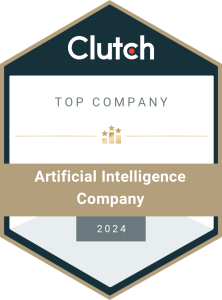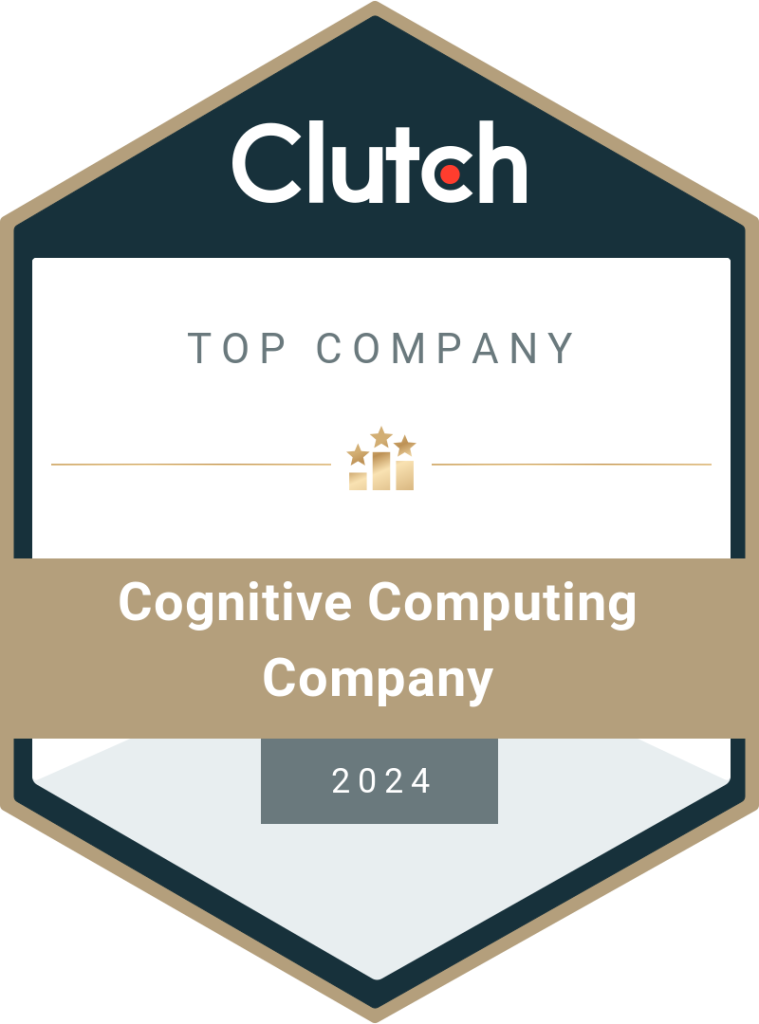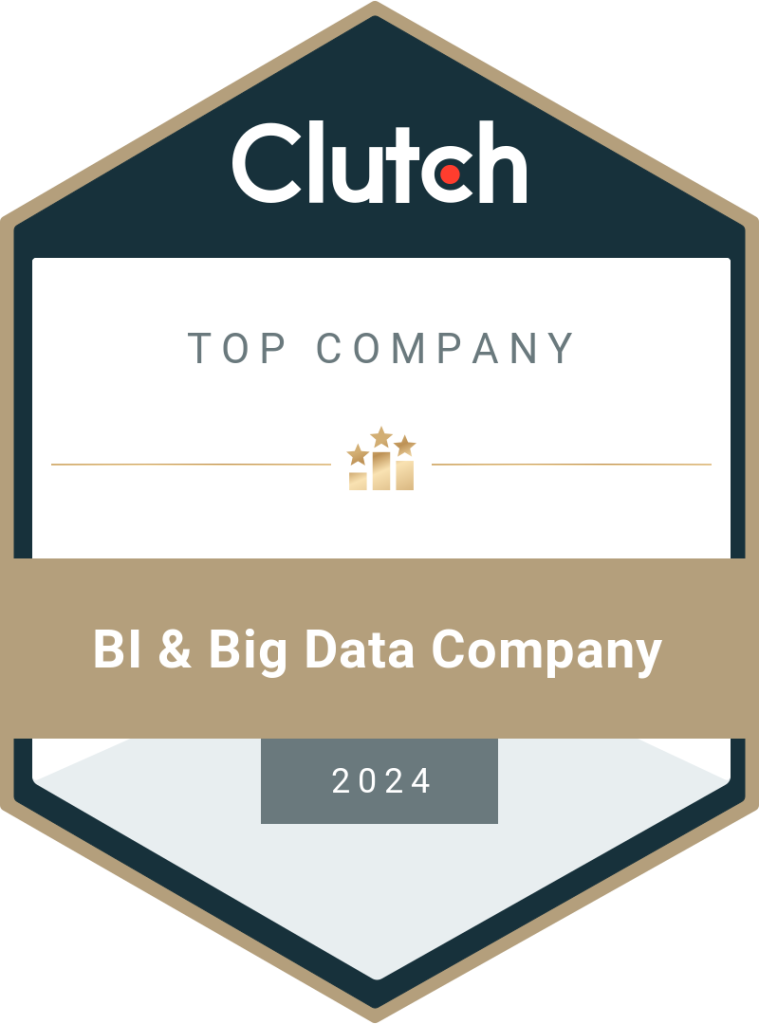10 Steps for Turning Enterprise ML into Success
Artificial intelligence and machine learning (ML) are fast becoming a part of our lives, professional or domestic. Virtual assistants, chatbots, data-driven models for better decision-making, data analytics, and much more result from implementing AI and enterprise ML in the business. AI-powered tools streamline the processes and help enterprises improve quality, increase productivity, enhance customer satisfaction, and get more returns. SMEs can either build an internal team to integrate AI into their business systems or hire AI services offered by the leading consulting companies. Though AI and ML improve the performance of an enterprise, things can quickly go wrong if you don’t have a proper plan to integrate AI into your business. In this blog, we’ll read how to implement ML models in your organization successfully. We know about artificial intelligence and are aware that machine learning is a part of it. But what exactly does a machine learning algorithm do? A machine learning algorithm is software that uses historical and real-time data to help enterprises trace patterns, predict trends, detect fraud, analyze customer behavior, and provide personalized suggestions. The algorithm is written in a way that uses the feedback in the system to improve and deliver better results. Over time, enterprise ML algorithms can perfect themselves and provide accurate predictions. Of course, ML is much more than a simplified explanation. There are different types of ML based on the kind of algorithm used (or how the software approaches learning). Types of Machine Learning Data is a common factor for any machine learning. Reasons to Invest in Machine Learning With AI and ML making great headway in the market, it has become essential for several enterprises to invest in the technology. The following are some reasons you should invest in enterprise machine learning and how it can help achieve your business’s short-term and long-term goals. Inventory Maintenance Inventory management and maintenance is a labor-intensive and time-consuming process. It is even harder for large-scale enterprises with vast production. Machine learning simplifies the process by automating inventory maintenance to minimize the need for human intervention. Reduce Work Pressure When repetitive tasks are automated, employees do not have to spend most of their time doing the same thing repeatedly. Therefore, employees have more time to devote to their projects and less stress completing them on time. Also, with virtual assistants and chatbots enabling self-servicing within the Enterprise, employees can be empowered to become more productive without feeling the pressure. Market Analysis Machine learning algorithms can process data in real-time and detect the latest trends in the market. Suggestions about changing the product’s price, reaching out to a new target audience, managing demand with supply, etc., are possible. Data Sorting and Analytics AI and ML models are an inherent part of data analytics. From collecting data to cleaning and sorting it and data labeling, machine learning can make things easier and complete the task in less time. The data science teams can use enterprise ML models to analyze data faster than before. Decision Making AI and ML software provide accurate insights and predictions that help make the right decisions for the Enterprise. The reports produced are easy to read and can be presented in any format (graphical, tabular, textual, etc.) so that you can understand the insights and know where things stand. Data and System Security Data forms a vital part of every business and has to be protected from external forces. The machine learning algorithm can help enterprises enhance the overall security system in the business. The latest antivirus and spamware software is built using AI and machine learning to identify and prevent cybercrime before affecting the business. Fraud Detection and Prevention When discussing cybercrime, we should also mention fraudulent transactions commonly seen in the eCommerce, insurance, and banking industries. The machine learning algorithm can detect such transactions and alert employees. Many insurance companies and banking institutions have invested in ML-based fraud detection tools. Retailers and eCommerce business owners also integrate AI solutions with their business systems to prevent being duped by fake transactions. How to Ensure Enterprise Machine Learning Success Let us look at the steps for a successful enterprise ML implementation and getting the expected results for your business. 1. Understanding AI and ML and Becoming Familiar with Them The first step to implementing anything would be to know what it is. Unless you and your employees understand how artificial intelligence and machine learning can help you improve, adopting new technology will not help much. Several ML consulting companies assist right from the start and continue to offer support even afterward. They help in training your employees to work on the ML models and increase their work efficiency. Read the use cases shared by the consulting companies and download the whitepapers and understand them. Join online crash courses or training programs to gain a comprehensive idea about AI and ML. 2. Knowing Why You Need ML- Identify the Problems ML Will Solve in the Enterprise Why do you want to invest in Enterprise AI? Which issues do you want to tackle by integrating AI software into the business systems? Saying AI and enterprise ML will simplify the workflow is not enough. You must know where and how to use machine learning algorithms. Start by making a list of problems and gaps in your business system that can be solved using ML tools. Which problems can be solved using NLP, ML, DL, computer vision, etc., and what kind of AI tools will you need to integrate into the business? 3. Prioritizing What You Want from ML and Acknowledging the Talent Gap Investing in ML is a costly affair, whether you own a startup or a large-scale enterprise. You have to prioritize the areas where ML will first be implemented to scale it throughout the organization later. It would help if you also considered your existing talent pool. Can your employees adapt to the changing systems? How many will have to be trained in the first batch? How many new employees should you hire? Even if you
Read More





